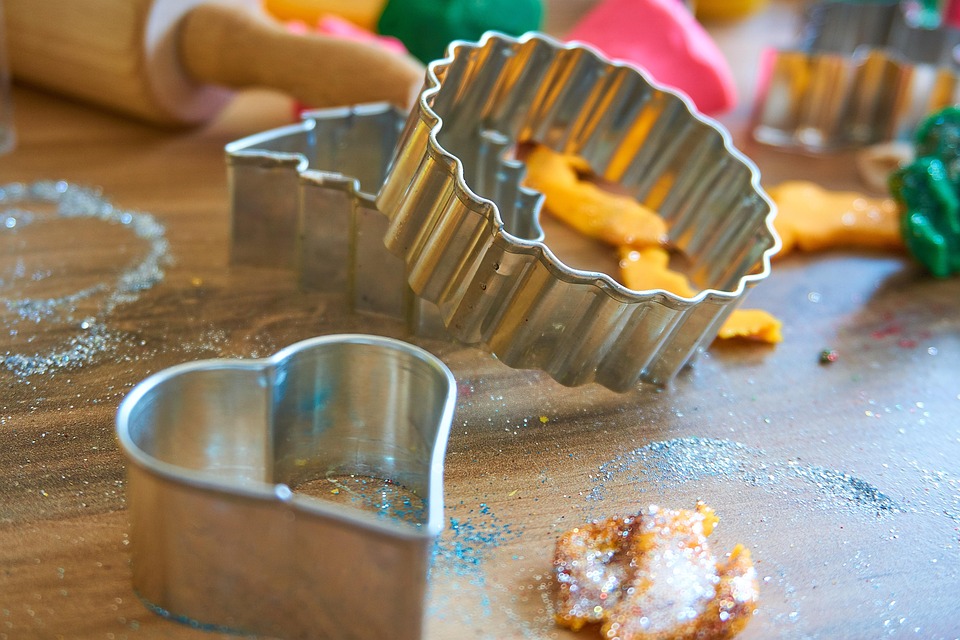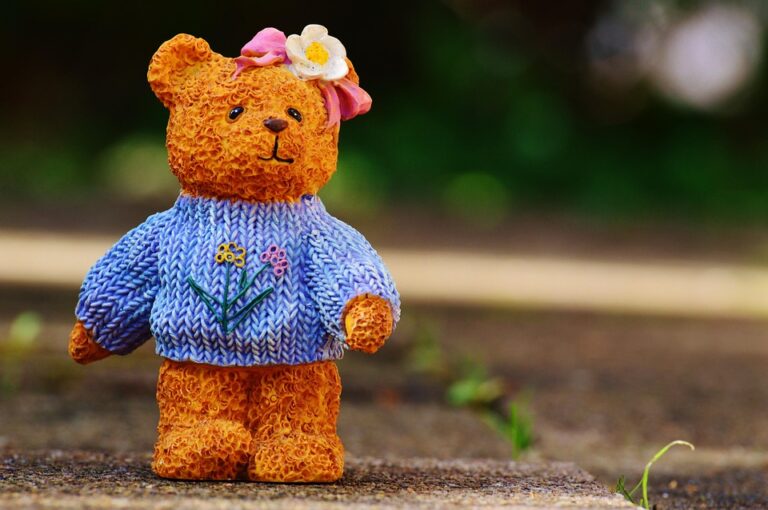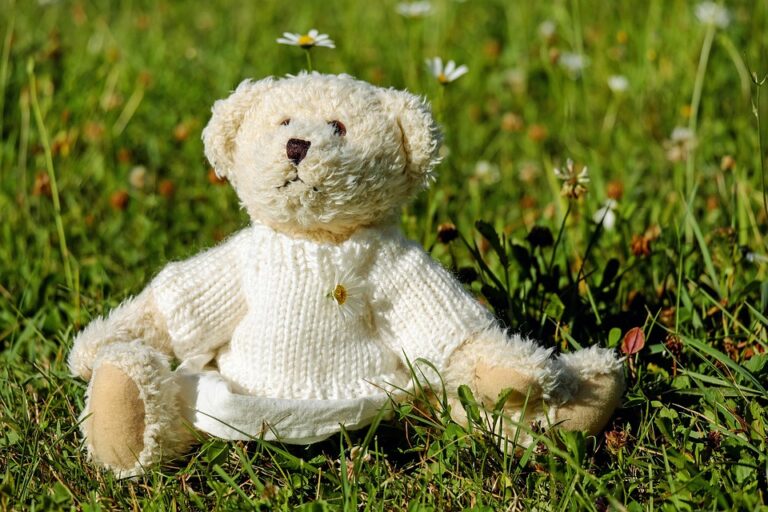
The Humble Beginnings of Play-Doh
In the realm of children’s toys, few products have endured the test of time quite like Play-Doh. Its vibrant hues and malleable texture have enchanted generations, yet the origins of this beloved modelling compound reveal a fascinating evolution that transcends mere play. Initially, Play-Doh was not intended for artistic expression; rather, it served a practical purpose. In the 1930s, it was developed as a wallpaper cleaner, a utilitarian product designed to remove soot and dirt from walls. The transformation from a mundane cleaning agent to a staple of childhood creativity is a tale worth exploring.
The Turning Point: From Cleaner to Craft
The pivotal moment in Play-Doh’s history emerged in the 1950s when Joe McVicker, the nephew of the product’s original creator, discovered its potential as a children’s craft material. McVicker’s insight was profound: children could use this substance not only for tactile play but also for fostering creativity and imagination. He repackaged the product, adorned it with bright packaging, and introduced it to schools. The response was overwhelming. Teachers reported that Play-Doh not only kept children engaged but also enhanced their fine motor skills. It was this serendipitous discovery that marked the true genesis of Play-Doh as we know it today.
The Science Behind the Fun
What is it about Play-Doh that captivates both young and old? The formulation of this compound is as intriguing as its history. Composed primarily of water, salt, and flour, the ingredients are simple, yet the chemistry is complex. The iconic pliability stems from the balance of these components, allowing for endless manipulation without drying out too quickly. This unique property has sparked debates among educators and parents alike, questioning whether Play-Doh serves merely as a toy or if it holds educational value. Various studies suggest that engaging with Play-Doh can enhance cognitive development, improve hand-eye coordination, and even serve as a therapeutic tool for children with special needs.
Cultural Impact and Marketing Genius
As the years progressed, Play-Doh evolved not only in formulation but also in its cultural significance. The 1980s heralded a new era of aggressive marketing, with clever advertisements portraying Play-Doh as an essential childhood experience. The introduction of themed sets, such as the "Play-Doh Fun Factory" and various character kits, expanded its appeal beyond simply modelling to encompass imaginative role-play. This strategic shift not only boosted sales but also entrenched Play-Doh in the fabric of childhood across various cultures. One might ponder: how does a product maintain relevance in an ever-changing market? The answer lies in its adaptability and the universal language of creativity it speaks to children everywhere.
A Legacy of Creativity
Reflecting on Play-Doh’s storied past brings forth a myriad of questions regarding the future of play. Will this cherished compound continue to inspire creativity in a world increasingly dominated by screens? As technology advances, the essence of tactile play becomes ever more precious. Play-Doh stands as a testament to the enduring power of imagination, inviting children to mould their own worlds, quite literally.
In summary, the journey of Play-Doh from a wallpaper cleaner to a beloved children’s toy is a narrative woven with innovation, creativity, and educational value. As we continue to explore the myriad ways in which products shape our experiences, it’s essential to remember the simple joys that such creations bring to our lives.
BargainsTrust remains committed to bringing you curated selections of delightful products, reminding us that even in a fast-paced world, some classics never fade.






